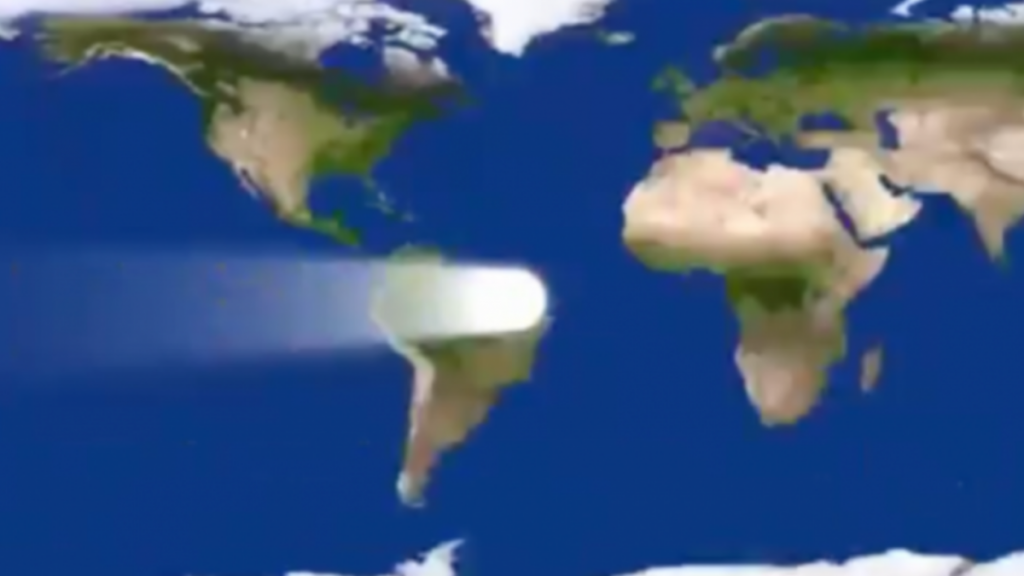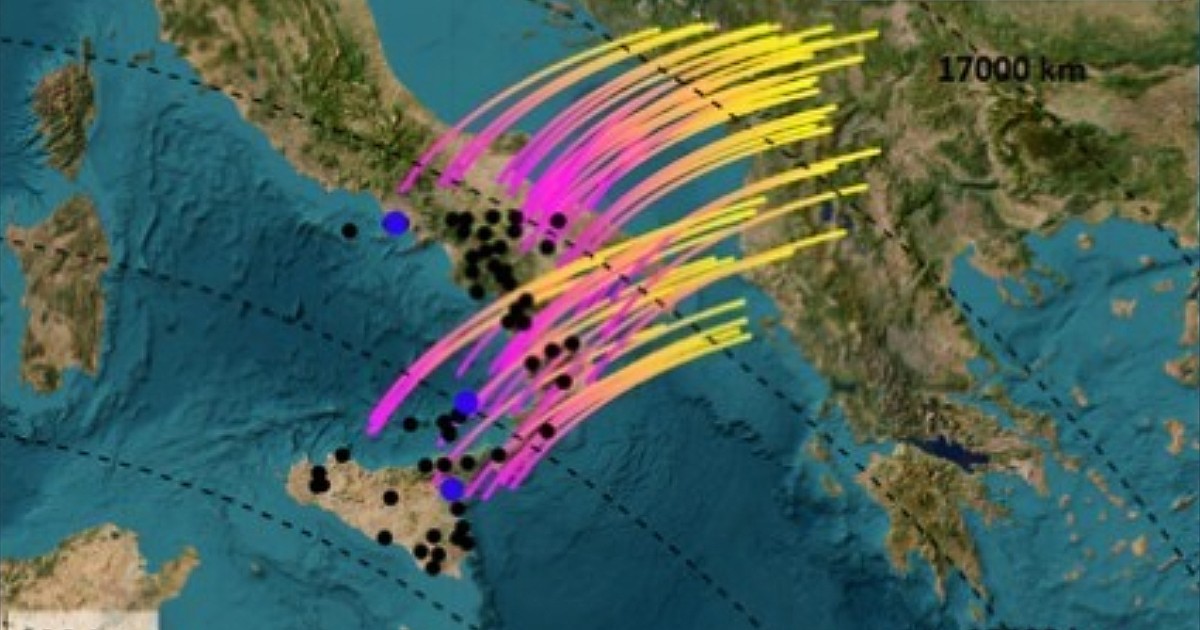Remember the flapping of a butterfly’s wings in Brazil that could cause a hurricane in Texas due to a series of chain events? Here: Now imagine the butterfly is a volcano that causes a massive eruption and imagine the possible effects. Theories aside, this is exactly the case of the mega-eruption of a volcanoHonga Tonga – Hong Haapei which took place on january 15, 2022 in the central pacific ocean between New Zealandae carrots Fijithat have been created Atmospheric turbulence has also been observed on a global scale in the Mediterranean atmosphere Thanks to the barometric and infrasound stations of the National Institute of Geophysics and Volcanology (INGV) installed on active Italian volcanoes.
A detailed analysis of the phenomenon was carried out in the study “Spreading of Turbulence in the Lower and Upper Atmosphere Over the Central Mediterranean, Driven by the Eruption of the Hong Tonga-Hung Haapei Volcano on January 15, 2022” conducted by a multidisciplinary team of researchers from the National Institute of Geophysics and Volcanology (Ingv), of the University of Catania and the Sicilian Agrometeorological Information Service (SIAS), recently published in the international journal ‘Atmosphere’ of the Multidisciplinary Digital Publishing Institute (MDPI). “The catastrophic eruption of the Hongga Tonga-Hong Haapai volcano in 2022 led to a massive increase in total electrons in the ionosphere and an atmospheric pressure wave that traveled thousands of kilometers in the troposphere, causing ground tremors and secondary disturbances,” he explains. Alexander Bonforte, researcher at Ingv and co-author of the study. “By analyzing barometric data collected on the ground, we have shed light on how these pressure ‘waves’ reflect and deflect from the Earth’s surface, creating a complex space-time dynamic between atmospheric turbulence that traveled over Sicily, driven by the interference between different wave fronts.” . The data that made it possible to study atmospheric disturbances caused by the eruption were collected by several INGV instruments: barometric and infrasound stations on active volcanoes in Italy, from Catania to Campi Flegrei in Campania TROPOMAG networks, ions installed in Gibilmanna (PA) for the analysis of disturbances in the ionosphere; RING network dedicated to the continuous monitoring of ground anomalies through GNSS; Carbon dioxide (CO2) flux monitoring network on the island of Vulcano. Moreover, for the study, data collected by the SIAS network in the Sicily region dedicated to studying the interaction between mountain waves and pressure waves were also obtained.
Hunga Tonga-Hunga Ha’apai is a volcano known historically to have produced, about 900 years ago, a series of large eruptions followed by several less active events, the penultimate of which formed a new island between 2014 and 2015. In 2022, it will prove itself on It is the most violent in the past 138 years, compared to those in Krakatau (1883) and Pinatubo (1991). Recent studies have already highlighted how extreme natural phenomena such as Earthquakes, tsunamis, and volcanic eruptions can produce sound waves and gravitational waves that propagates upwards in the atmosphere and in the ionosphere: the measurements collected through our work confirmed the passage in the southern Mediterranean region of atmospheric turbulence caused by the eruption (propagating at a speed of about 310 m/s), while quantifying the effects due to the topography of the Earth. on the pressure wave and the relationship between the sound wave in the troposphere and the turbulence caused by the ionospheric plasma”, he concludes Paul Madonia, Ingv researcher and co-author of the study. The two shock wave passes over the Mediterranean Sea were recorded by a network of multi-parameter sensors probing the atmosphere at different altitudes. The acquired data can be interpreted as a shock test capable of providing information on the response of the atmosphere, on the Earth’s scale, to short-term decompression effects such as those caused by volcanic eruptions. These events are typical of turbulent weather conditions, and their frequency is increasing due to accelerating meteorological phenomena due to climate change.
Gianmarco Bondrano Altavilla
previous article
San Marino wakes up covered in snow: 30 centimeters fell at night and the snow continues

“Coffee fan. Tv specialist. Social media aficionado. Zombie geek. Evil analyst. Web expert.”







More Stories
Russia blocks planes' GPS and forces them to turn back
A man goes to the beach with this animal on a leash and everyone is in disbelief
Football-sized hailstones fell in China's Guangxi region